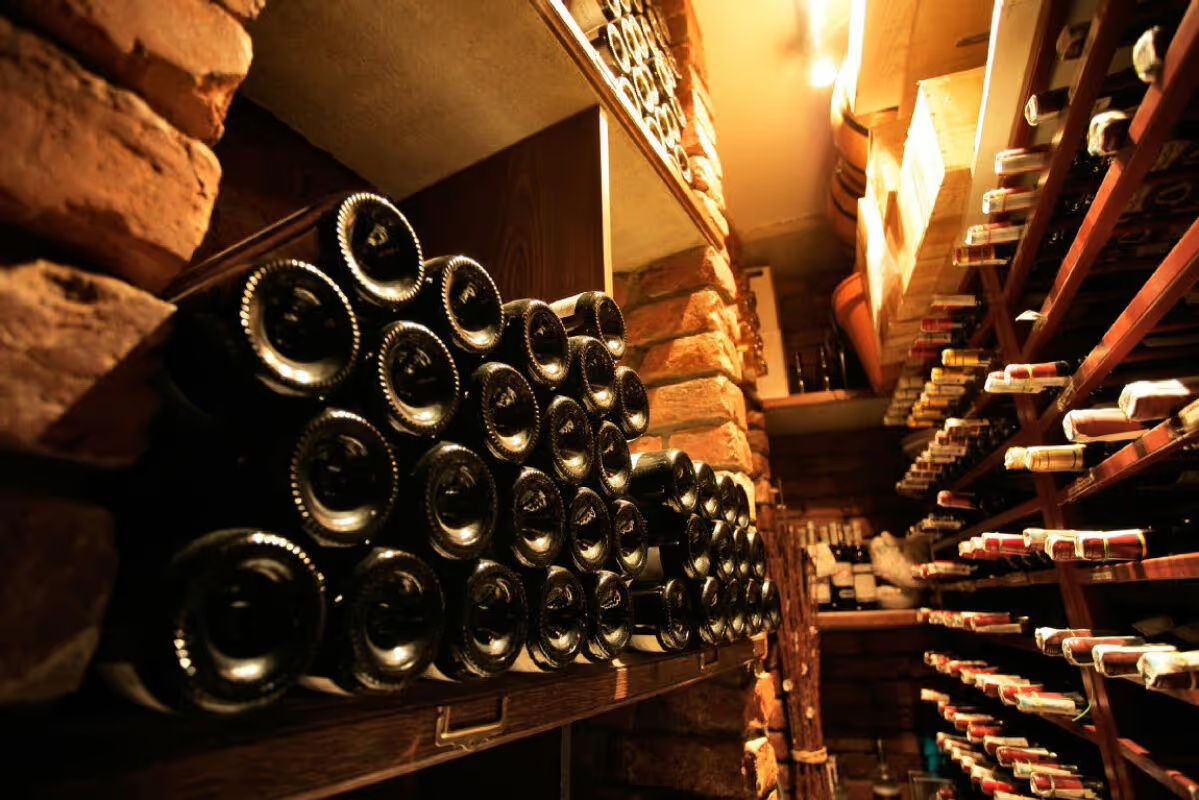Good wine, good return? How to recognize investment wines

Fine wine has always been regarded not only as a culinary treat, but also as a “collectible” with a high (lover) value, which is sometimes passed on over generations. But very few wines are actually suitable as potentially profitable investments. Find out what characterizes investment wines and which regions they come from.
Stay “liquid” and enjoy returns
In principle, only approximately 200 of the wines produced worldwide meet the criteria for “IGW's” (investment grade wines). Investors — especially since the low interest rate phase and subsequent high inflation — also regard these special drops as alternative assets that can be used to diversify and balance the portfolio.
Because fine wine as an investment is considered a stable store of value in times of economic crises due to its low correlation with the stock markets. This is confirmed by a look at the Liv-ex Fine Wine 100 Index. This industry-leading benchmark for monitoring the prices of fine wines represents the price development of 100 of the most popular wines on the secondary market. Over the past five years, the index achieved a performance of +21 percent (as of September 2023) and developed extremely strongly, especially in the turbulent years of 2020 to 2022.
On the one hand, this is due to the fact that investment wines have a high, intrinsic value and, in contrast to stocks, cannot fall to virtually zero. On the other hand, the supply of fine wine is limited, but must still satisfy growing global demand - which in turn drives up prices.
Requirements for valuable wine
The reason for the limited supply of investment wines is the high quality requirements combined with a natural shortage. Top quality wines are only achieved by the best winemakers, who use their expertise in exquisite vineyards and optimize the exceptional “terroir” by getting the best out of local grape varieties and climatic conditions. These large wineries often have decades or even centuries of tradition that has shaped the world of viticulture.
A year of selected regions is then given by independent, internationally recognized expert critics tasted. Their critical assessments are published and are regarded as a yardstick that can influence price developments on the secondary market.
In summary, investment wine is characterized by the following criteria:
- Origin from a well-known, reputable winery
- Shelf life of at least ten years
- Good value creation potential
- High overall rating from renowned wine critics
- More than 95 “Parker points” are considered excellent
Historically good regions and wines
The wines that meet these criteria in recent years have included, for example, the following fine wines:
Burgundy:
- Domaine de la Romanee-Conti 2004, price: approx. 18,700€
- Armand Rousseau, Chambertin 2000, price: approx. 3,900€
Bordeaux:
- Chateau Duhart-Milon, 2013, price: approx. 700€
- Chateau Rieussec 2015, price: approx. 500€
- Chateau Lafite Rothschild 2019, price: approx. 1.300€
Nappa Valley:
- Screaming Eagle 2019, price: approx. 3,700€
- Mondavi/Opus One 2018, price: approx. 450€
Champagne:
- L. Roederer, Cristal 2008 Price: approx. 1,300€
- Dom Perignon 2012, price: approx. 350€
You should consider these factors before buying
Because of their rarity, quality and critical recognition, these wines, named as examples, may achieve price increases on an established and fast-growing, global secondary market. For laymen, however, the step from wine lover to wine investor is not without hurdles. For example, expertise is essential in order not to make an expensive bad purchase or even fall for a counterfeit. The exact right storage conditions are also crucial to maintaining the quality of the wine. FINEXITY is therefore giving interested wine investors the opportunity to purchase digital shares of wines that have already been curated by experts. In this way, even newcomers to the field of investment wines can participate in the return potential of this “passion investment.”



